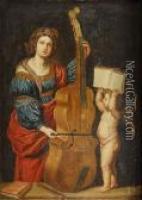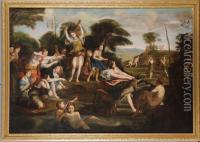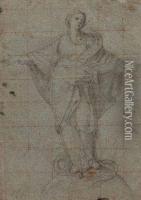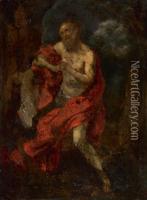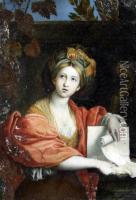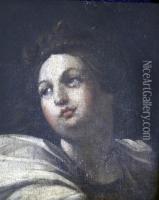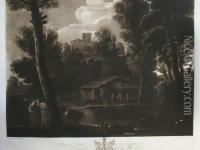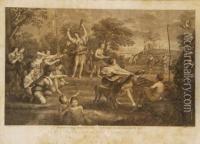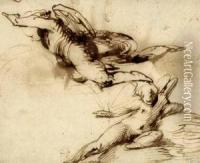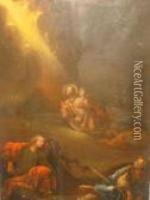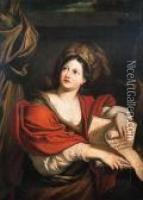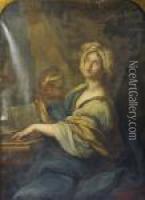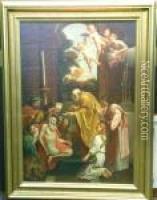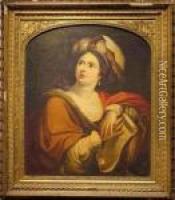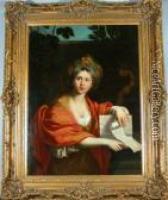Domenichino Paintings
Domenico Zampieri, known as Domenichino for 'little Domenico,' was an Italian Baroque painter of the Bolognese School, born in 1581 in Bologna, Italy. As one of the most important painters of the early 17th century, Domenichino was renowned for his classicizing approach to art, which was characterized by its clarity, logical composition, and emotional restraint.
Domenichino received his initial training in the workshop of Denys Calvaert before moving to the newly founded Accademia degli Incamminati, where he was a pupil of the Carracci family, specifically Ludovico Carracci. Alongside his contemporaries Guido Reni and Francesco Albani, Domenichino was deeply influenced by the Carracci's emphasis on the study of nature, the works of Raphael, and the principles of the Renaissance.
After his training, Domenichino worked on various projects in Bologna before moving to Rome in 1602. There, he collaborated with other artists on important commissions, including work in the Vatican and the frescoes in the Villa Aldobrandini at Frascati. However, it was his work in the church of San Luigi dei Francesi, particularly the frescoes in the Polet Chapel, which established his reputation as a master painter. His masterpiece, 'The Last Communion of St. Jerome,' executed for the church of San Girolamo della Carità, showcased his ability to combine emotional depth with clarity of composition.
Domenichino faced competition and the critical opinions of his peers, notably Giovanni Lanfranco and the art critic Giovanni Pietro Bellori, who favored the more dynamic and dramatic Baroque style over Domenichino's classicism. Despite such challenges, Domenichino continued to receive prestigious commissions including the frescoes of the pendentives depicting the Four Evangelists in Sant'Andrea della Valle, and the cycle of the Life of Saint Cecilia in San Luigi dei Francesi.
His influence extended beyond his lifetime, with his works being studied by later artists and serving as a model for classicist painters. Yet, Domenichino's commitment to classical restraint also led to his works being overshadowed by the rising preference for the dramatic intensity of the High Baroque style.
Domenichino's career was marked by both high acclaim and controversy, and his adherence to classical ideals in a time of evolving artistic tastes created a complex legacy. He died in Naples in 1641, leaving behind a body of work that continues to be appreciated for its compositional harmony and clear narrative quality.
